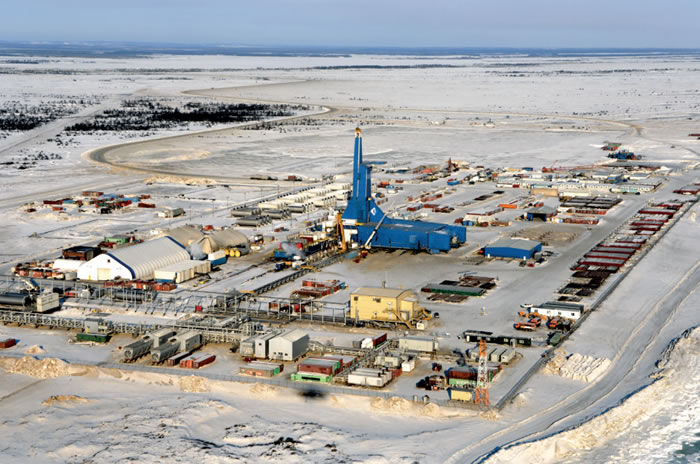Results of the Year
The Main Trends of the Oil Year
At the beginning of the new year, Petroleum Journal offers to recall the most significant events of the past year, 2018.

The price soared and collapsed
The first three quarters of 2018 were marked by a steady increase in oil prices. Starting from $68.89 per barrel, the price of Brent crude oil reached its peak on October 2 — $85, exceeding the maximum of 2014. It seemed that the landmark milestone of $100 is not far off, which added optimism to the owners of a top corner offices in the Astana's Ak Orda and the headquarters of KazMunayGas.
Experts talked about a whole range of reasons that pushed prices up. Including an increase in global oil demand: according to the International Energy Agency, it grew by 1.3% in 2018. As well as the expected reduction in oil exports by Iran, against which the US has imposed sanctions again. And the agreement on limiting production by OPEC+ countries, which almost all its participants still adhered to.
However, following the stable growth, a sharp decline began, and in as little as one and a half months prices fell by an average of 28%, updating the historical minimum of 2018.
The year closed on December 31 at $53.8 per barrel of Brent crude oil. The US President Donald Trump called the November-December price rally a good trend and thanked the Saudi authorities for it. "Oil prices are falling. Great! What a big tax cut for America and for the world. Enjoy! 54 dollars, and it was 82 dollars", — he wrote on his page on Twitter. "Thanks to Saudi Arabia, but let's go lower," — he added.
However, what is good for the United States is not always good for Kazakhstan. In October of 2018, the Mazhilis of the Parliament specified the national budget for 2018-2020, drawn up on the basis of the average annual oil price of $60 per barrel. Last year, according to the Bloomberg terminal, the average price for the year was $69.8 (in 2017, this figure was $53.8). What coming year prepares for us?
Reduction of tax burden for subsoil users
The new Tax Code, which came into force on January 1, 2018, among other innovations, significantly improved the fiscal regime for subsoil users. Low oil prices, which dominated the previous two years, led to the fact that investors placed on hold new investments in the oil and gas industry, and above all, in exploration. This threatened a sharp drop in oil and gas production in the coming years. Work on the search for hydrocarbons on the shelf of the Caspian sea practically stopped.
The new Tax Code abolished such types of taxes on subsoil users as a bonus of commercial discovery, a tax on excess profits for the mining sector, a payment for reimbursement of past costs for subsoil users. In addition, the so-called alternative tax on subsoil use was introduced. Choosing this type of tax, the investor can make special payments to the budget only if the exploration is successful and will lead to the discovery of a new field. That is, the tax burden is transferred to the time of income, thereby stimulating subsoil users to increase the size of investments.
Also, as additional incentives, amendments were made to the mechanism for calculating corporate income tax for subsoil users. When exporting oil, if at the date of sale the world price is lower than the production cost, the income, according to the Tax Code, will be determined by the actual sales price.
Innovations were immediately positively evaluated by investors. In Kazakhstan "the legislation has changed. What we constantly promoted together with our colleagues from Kazakhstan, – the President of the Russian LUKOIL Vagit Alekperov said. —The legislation allows to have a good rate of return on difficult built fields. This is the Caspian sea and it is a deep fields. We know well the geology of the Caspian sea, our geologists are counting on the discovery. In General, the territorial waters of Kazakhstan are promising for exploration, so we are interested in participation there".
Later it became known that LUKOIL will invest in exploration on the Zhenis and I-P-2 blocks, located in the Kazakhstani sector of the Caspian shelf. On December 1, the heads of KMG and LUKOIL Alik Aidarbayev and Vagit Alekperov signed a joint operating agreement and a financing agreement for the Zhenis project, which allows them to apply to the Ministry of Energy for a contract for exploration and production.
At the same time, the Ministry of Energy of Kazakhstan and the companies-shareholders of the North Caspian Consortium signed an agreement, according to which they begin to develop another offshore field — Kalamkas-sea.



